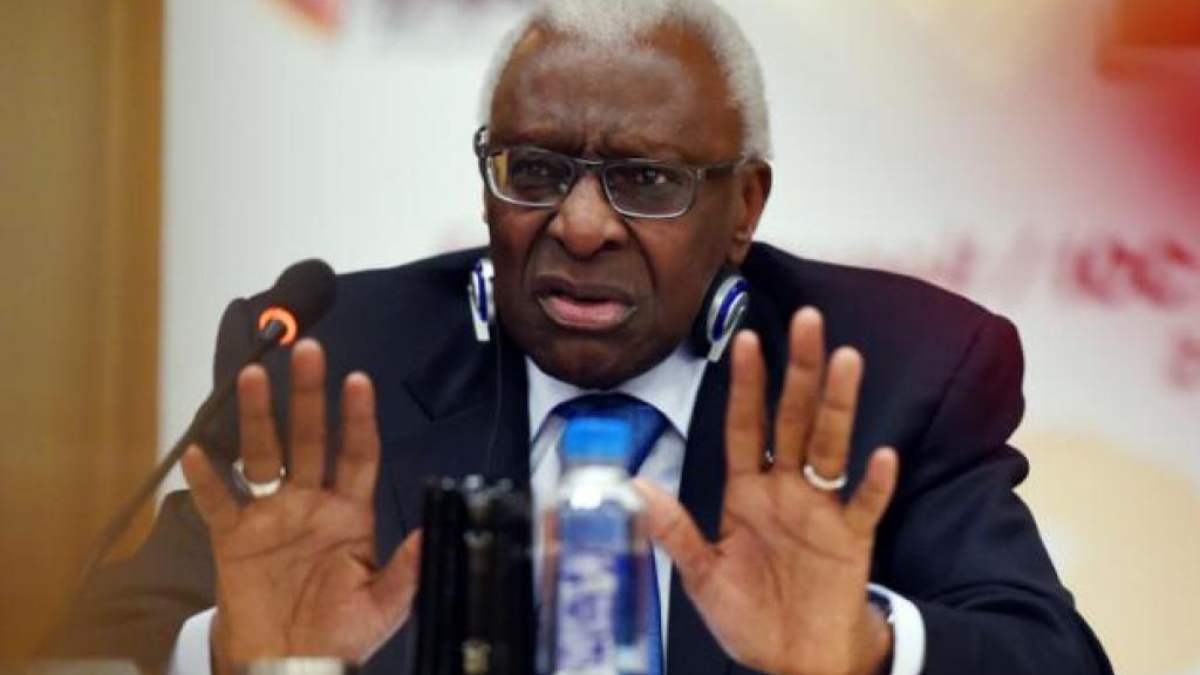
Lamine Diack, the former chief of International Amateur Athletic Federation (IAAF), has been found guilty by a French court of corruption in covering up Russian doping cases. He was handed a four-year prison sentence on Wednesday, two of which are suspended, and fined $594,000.
During the trial, Diack denied all of the allegations, while his lawyers called the judgement “unjust and inhumane” and confirmed they would challenge the decision.
“Whilst we are disappointed this happened in our sport, we are grateful for the strong and clear decisions that have been taken against the individuals involved and charged with these crimes, and we would like to reassure everyone that the reforms our Congress approved in 2016 will ensure that similar actions by individuals can never happen again in our sport,” read a statement from World Athletics on Wednesday.
The Senegalese held one of the most influential positions in the sport and led the International Association of Athletics Federations (IAAF), now renamed World Athletics, from 1999-2015.
Charity begins at home, International Olympic Committee (IOC) Thomas Bach admitted and claimed IAAF president Lamine Diack took bribes from athletes to manipulate the sporting competition. It is shocking and something utterly unimaginable.
Doping contravenes the ethics of both sport and medical science. Dr Jawahar Lal Jain, former Medical Administrator, University of Delhi, a sports medicine expert and WHO fellow in Sports Medicine (USA), advises everyone to check with his/her doctor to ensure there is no alternative medication that an individual can take that does not contain a banned substance, and let his/her national sporting organisation know.
Dr Shila Jain, former director, Dope Control Laboratory, Ministry of Sports, Government of India, said prohibited classes of substances are stimulants, anabolic androgenic steroids, narcotic analgesics, diuretics, peptide hormones, mimetics, and analogues. She also believes that doping has severely damaged the structure of the sporting movement.
The most infamous case is that of Ben Johnson. The Jamaican born Canadian sprinter, immediately after the Seoul Olympic race on 27 September 1988, tested positive for the anabolic steroid stanozolol.
It was the sensational and shocking event of the Olympics. The Canadian sprinter had just set a new world record of 9.79 seconds in the 100m final.
In 1993 again, Johnson was found to have taken banned substances and was barred from athletics for life. He officially retired on 7 March 1993 amid a lifetime ban.
No doubt the impact of doping is deep in sports.
The writer is a former Associate Professor of University of Delhi and a consultant at the Limca Book of Records.















